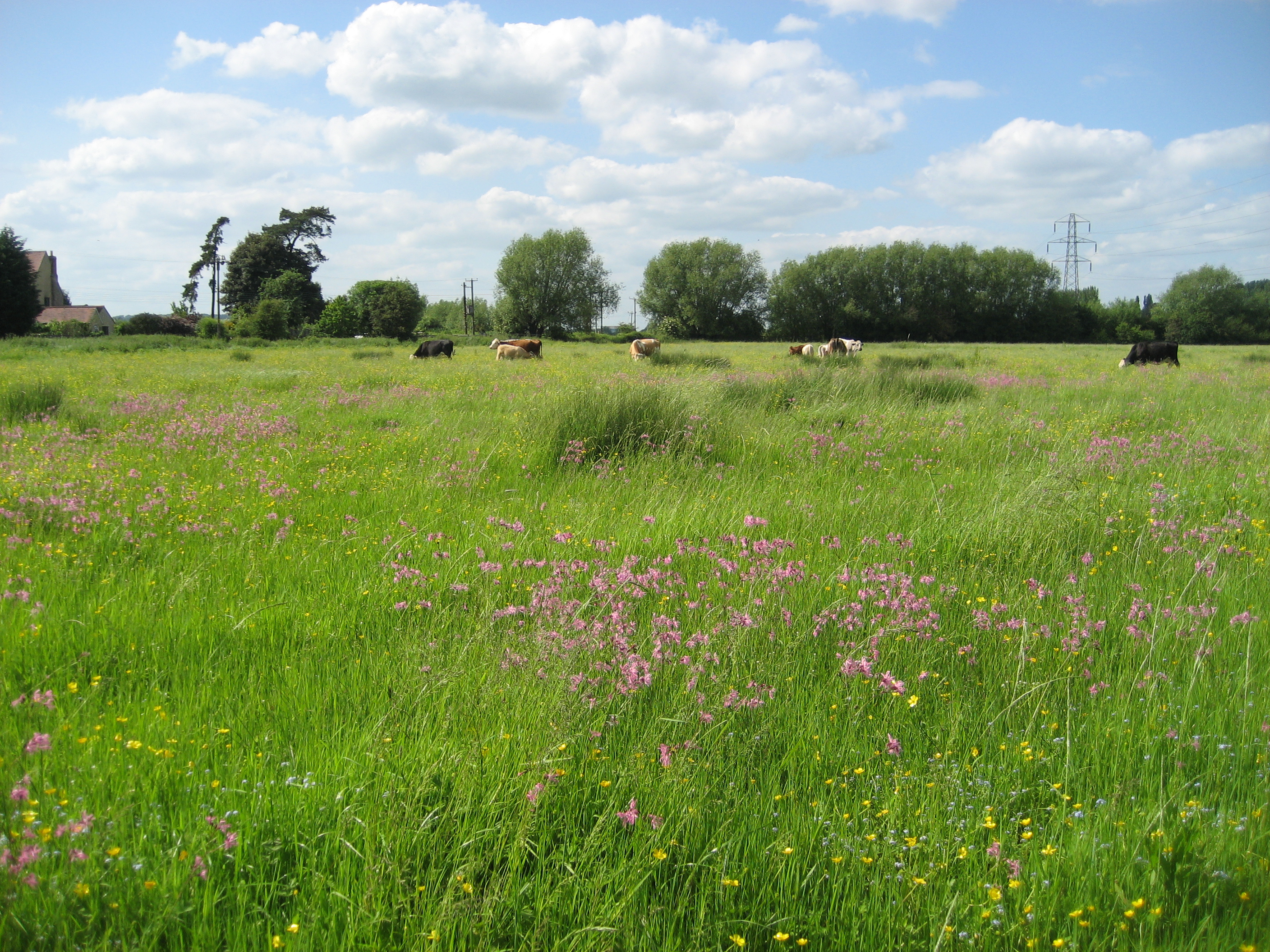This update has recently been sent to those on our mailing list.
Dear OFA contact,
We last sent out an update in Oct 2019, just after the news about the problems with the A423 bridge (southern bypass) and likely delays to the Oxford Flood Alleviation Scheme (OFAS). OFA is still active and has been participating in meetings of the Sponsoring Group for the OFAS scheme and has also held separate meetings with the Environment Agency team about water course maintenance since our last update.
Despite the A423 issues, and the challenges presented by coronavirus, the OFAS scheme continues to progress. The EA and the County Council have agreed a collaborative approach to replacing the A423 bridge and constructing the OFAS scheme. This should save on costs for OFAS, and reduce the level of maintenance required in future.
The EA withdrew the original planning application earlier in the year and is currently revising this to incorporate the new A423 arrangements, and to update the documents on some other aspects of the scheme. Once these are resubmitted to the planning authority the public will have a fresh opportunity to comment on the plans. The EA is continuing to meet with objectors to the scheme with a view to trying to address outstanding areas of public concern.
Because OFAS is now expected to be delivered two years later than originally expected it is important that effective flood response procedures are in place in case a major flood event happens in the next few years. The EA, Fire Brigade and the local Council officials will be holding a practice response on 20 August to test aspects of current procedures. Because of coronavirus these will not involve the pubic.
The text of a recent update from the Environment Agency is pasted below which provides some additional information on OFAS and other matters,
OFA Steering Group
Oxford Scheme update
A423 bridge replacement
Oxfordshire County Council began the propping work on the A423 Kennington Railway Bridge in July.
Replacement of the A423 Bridge has provided an opportunity to design and build the bridge and the flood scheme together. This allows us to reduce disruption during construction and ensure the best use of public money. The updated design will use open channels instead of culverts to allow the flow of floodwater under the bridge. This will provide a better environment for wildlife and requires less maintenance.
The bridge is at the southern end of the scheme and during a flood, water would need to pass underneath it to re-join the River Thames. This capacity needs to be in place before the scheme is constructed to avoid increasing flood risk elsewhere. We also need to have all approvals, including planning permission and our Compulsory Purchase Order secured.
South Hinksey Archaeology
If you’ve been walking near South Hinksey, you may have spotted our contractors on site. We are carrying out archaeology surveys in a field near South Hinksey village to check whether the area is suitable for us to use as the main compound for when we construct the scheme. The archaeology surveys will determine whether there are any historical artefacts in the field. We want to ensure there’s no risk of us damaging any artefacts or remains. Once we have finished the investigations, we will remove our equipment from the site and reinstate the fields.
Kendall Copse Ground Investigations
To complement the new A423 bridge replacement, we are reviewing the design of the scheme around Kendall Copse, near Kennington.
From 10 August, we will be digging trial pits and drilling boreholes to understand the ground conditions beneath the site in order to finalise these designs.
Oxford Flood Incident Exercise
To ensure our flood protection plans are well-tested, the Oxford Flood Alleviation Scheme partners and emergency responders will be practicing their incident response plans on 20 August 2020.
The flood response exercise will consist of:
•temporary flood barriers in South Hinksey and Bullstake Close
•pumps to remove flood water along Botley Road
Due to the current Government guidance on public gatherings, we won’t be able to invite members of the community to attend. We will be sharing updates on Twitter and Facebook as the exercise progresses. We will also share video footage of the temporary barriers and pumps so you can see our field teams in action.
Managing your flood risk
During the summer months, flood risk might be low on your list of priorities, but Environment Agency officers are thinking about it year-round. Throughout the year our operations staff carry out inspections and clear debris to keep main rivers moving. To report a blockage that could cause flooding call our 24 incident hotline: 0800 80 70 60.
You can also find out what maintenance is planned in your area: environment.data.gov.uk/asset-management/index.html
Stay prepared by signing up for flood alerts and preparing a flood plan: https://flood-warning-information.service.gov.uk
Want to know more?
If you have any questions or want to be added to our mailing list, please contact us at: OxfordScheme@environment-agency.gov.uk











